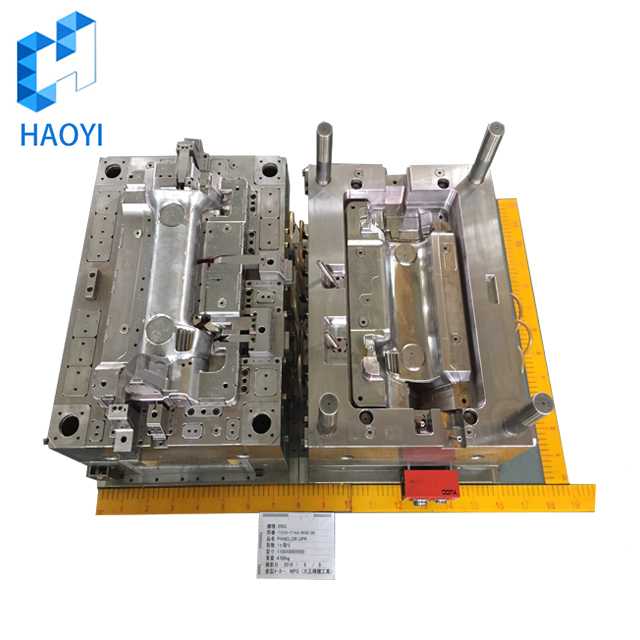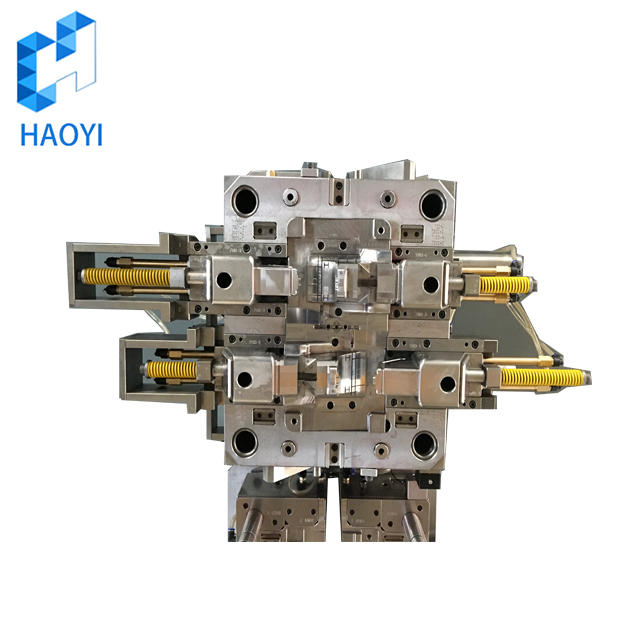Three questions that can't be known about car engine maintenance
Auto parts processing (auto spare parts) is a automotive parts processing units and the whole service in automotive parts processing products.
(3) transfer speed auto parts processing industry
Mold For Auto Parts,Dashboards Molding,Automobile Accessory Molding,Automobile Parts Molding YuYao Haoyi Model Factory , http://www.china-prototyping.com
For EFI engines:
1. The sediment will clog the needle valve and valve hole of the injector, affecting the working performance of the precision components of the electronic injection system, thereby deforming the fuel injection and reducing its normal flow, resulting in a drop in power performance.
2. Deposits form carbon deposits in the intake valves, causing them to close tightly, causing cylinder pressures in the combustion chambers to drop or even temper, resulting in engine idling instability, increased fuel consumption, and a concomitant deterioration in tailpipe emissions.
3. Deposits form a hard deposit on the top of the piston and the cylinder head. Due to the high heat capacity and poor thermal conductivity of the coke, it is easy to cause local overheating of the combustion chamber, engine igniting and engine knock and other failures; at the same time, as the continuous accumulation of carbon deposits, the combustion chamber volume decreases, the compression ratio of the engine increases. Larger, the demand for gasoline octane increases, resulting in increased fuel consumption; in particular, emissions of HC and NOx in tail gas will increase, shortening the life of the three-way catalytic converter.
Question 2: Is the thicker the better?
Some netizens asked if the oil is thick or not. Is SAE50 better than SAE40?
This is a more traditional and relatively common view, based on the viewpoint of traditional oil lubricant film theory.
Traditional lubricants rely on oil film to lubricate the metal friction pair. The thickness of the oil film determines the strength of the lubrication. The thicker the oil film, the better the lubricity.
The new replacement product no longer relies on thickening the oil film to improve the lubrication performance, and the performance of the additive plays a major role. In order to save energy, vehicles and equipment users are increasingly promoting low-viscosity oil because the lower the oil viscosity is, the lower the resistance is, the easier it is to start, and the less energy is consumed. Therefore, the user gradually selects the low-viscosity oil on the premise of satisfying the lubrication requirements.
Using too thick oil is not good. For example, in the summer of South China, the SAE40 oil is generally sufficient for the diesel engine. Of course, the old car engine piston, the cylinder wear, the gap between the two, in order to effectively seal effect, you can choose the larger viscosity SAE50 oil.
Question 3: How much oil consumption is normal?
Careful car owner friends will find that the lubricating oil has normal consumption in good condition. However, when the vehicle is in poor condition, some cars emit blue smoke. This actually means that the consumption of lubricant oil is too large. In general, the abnormal consumption of lubricant is no more than two conditions, and it enters the combustion chamber to participate in the combustion, or Oil leakage.
The oil penetrated into the combustion chamber, mainly because of severe wear of components, excessive clearance, or high oil pressure, which causes the oil to ram into the combustion chamber. The leakage of engine oil is mainly due to the dry aging of the gasket and the valve card. Dead, as an old vehicle, there is generally a tight seal due to aging.
In order to discover problems through oil consumption, the following standards are adopted by some large-scale auto repair factories in Beijing. You can make preliminary judgments: small cars >0.1 liters/1000 kilometers, big passengers> 0.3 liters/1000 kilometers. Abroad, the engine oil consumption of passenger cars is generally considered to be 0.3 liters/1000 km during the first 10,000 km walking period. After traveling 10,000 km, the oil consumption will remain at 0.2 liters/1000. Within kilometers, some service manuals indicate that oil consumption < 1 litre/1000 km is normal.
If your car's engine oil consumption exceeds the standard, you must promptly go to a professional service center to conduct inspections, repairs, and judgments by professional and technical personnel. Remember, shortage of oil is by no means a trivial matter.
As car accessories processing increasingly fierce market competition, the concept of environmental protection, and continuously upgrade and application of the technology, the international auto parts machining parts and components industry in recent years the development of present the following characteristics:
1) auto accessories processing system, modular supply ascendant trend
(2) auto parts processing and purchasing globalization

